Islamic Revolution at 45: Iranian women rise and shine in different fields
Humaira Ahad
During his whirlwind visit to the Iranian capital last year, head of the International Atomic Energy Agency (IAEA) Rafael Grossi was pleasantly surprised to see the sizeable presence of Iranian women working at various nuclear plants across the country.
It wasn’t a picture the Argentinean head of the UN nuclear agency had in his mind. Not many Westerners expect to come across women engaged in scientific work in the Islamic Republic.
That brings us to questions such as: How does the world perceive Iranian women? Were the women in Iran better before the Islamic Revolution? Did the revolution prevent their progress? Does Islam put fetters in the personal or professional growth of women?
In a speech in 1978, the founder of the Islamic Revolution Imam Khomeini said women are “free in the Islamic society and will, under no condition, be barred from universities, offices or parliament.”
His successor, Leader of the Islamic Revolution Ayatollah Sayyed Ali Khamenei, thinks alike.
“Nothing should prevent women from studying, reading, learning and writing,” he said recently.
“The typical image of women at home is the image of a creature of secondary importance that is responsible for rendering services to others... This is the exact opposite of what Islam has mentioned. In an Islamic environment, a woman achieves scholarly growth. She achieves personal growth,” he stressed in a meeting with women.
Were women uplifted after Islamic Revolution?
Education plays a critical role in societal growth. It provides individuals with the necessary competence to participate fully in the social, economic, and political life of a nation.
Understanding the importance of education, the main focus of the Islamic Republic of Iran in these 45 years since the 1979 Islamic Revolution has been to educate the women of the country.
Based on the United Nations Human Development (UNDP) index, Iranian women and girls have had outstanding progress in education, research, science, entrepreneurship, employment, and sanitation in the last several decades.
Female adult literacy in Iran has almost tripled – from 24 percent in 1976 (before the revolution) to 81 percent in 2016. The rate of females who have finished primary education increased from 36 percent in 1971 to 99 percent in 2017.
The Islamic Republic of Iran has almost eradicated illiteracy among females. The literacy ratio of Iranian women reached 99.30 percent in 2017, according to official data.
The percentage of females in tertiary higher education (universities) has increased by nearly 20 times. In 1978, only 3 percent of women were enrolled in Iranian universities.
In 2018 the number stood at 59 percent. Today, the number is believed to be much higher.
According to 2006 data, women accounted for over half of the total university students in Iran and 70 percent of science and engineering students in the country.
UNESCO figures of 2012 revealed that over 2 million out of 4 million students in tertiary education in Iran were females, marking the fifth largest female enrolment globally.
In the largely male-dominated field of engineering, the enrolment of Iranian females ranked first in the world while in science disciplines Iranian women stood second in the global arena.
A 30-fold increase was seen in the number of female faculty members at universities compared to the beginning of the revolution. Presently 33.3 percent of faculty members in different universities across the country are women.
Iranian women in nuclear sciences
At a joint press conference with Grossi in Tehran last year, Mohammad Eslami, the head of Iran’s atomic energy agency, said the IAEA director general was astonished to see Iran's nuclear industry being mostly managed by women.
As per the figures given by the spokesperson of the Atomic Energy Organisation of Iran, Behrouz Kamalvandi, about 40 percent of nuclear scientists in the country are women.
Data from the IAEA reveals that women make up only 22.4 percent of the workforce in the nuclear sector globally, positioning Iranian women above the world average.
Iranian women in medical sciences
Before the Islamic Revolution, females constituted just six percent of all graduates in medical science universities. Presently 60 percent of all medical science students in Iran are women.
The number is higher than in the US where female medical students constitute only 50 percent.
The number of female doctors before the Islamic Revolution in Iran was 3,500. In 2015, the figure reached to about 60,000, marking an almost 50-fold increase.
In the Islamic Republic of Iran, 50 percent of total resident doctors are women at present.
Almost 40 percent of total specialist physicians are women. The percentage of women super specialists in various medical disciplines is 27 percent.
Pertinently, the country had no women super specialists before the 1979 revolution.
There has been a 301 percent increase in female general doctors and a 99 percent increase in obstetrics and gynecology doctors in Iran in the past 45 years.
As per official statistics, almost 10,000 women are enrolled in the faculty of medical science universities, taking a share of 34 percent of the total teaching staff.
As per the findings of a research paper, “Health Care and Medical Education to Promote Women’s Health in Iran; Four Decades Efforts, Challenges and Recommendations” published in 2020 by Shima Tabatabai and Nasser Simforoosh, between 1979 to 2015, “the total number of Iranian medical specialists increased by 332%, while the greatest increase pertained to women with 933%.”
“The total number of active women specialists increased by more than 1000%. The number of women subspecialists showed a 1700% increase (528% increase for both women and men).”
“Our results revealed that although the men’s numbers have increased during these years, the women’s increase has been greater,” the researchers found.
This improvement in medical care has led to an increase in the life expectancy of females in the country which acts as a distinct index of development.
Presently, the life expectancy of women in the Islamic Republic of Iran is 78 percent, showing a 26 percent increase from 52 percent in the early years of the revolution.
Iranian women in business and economics
The improvement in the education sector has had a considerable impact on Iran’s job market as well. Women have been taking more jobs in both the public and private sectors.
Presently 25.2 percent of women are today serving in decision-making positions in the government.
Iranian women are also seen working in traditionally male-dominant industries such as oil and gas, construction, mining, etc.
According to a World Bank report on Iran, the number of female board members in various organizations has seen a three-fold increase, growing from 11 percent in 1970 to 30 percent in 2016.
As per the figures given by the Ministry of Women and Family Affairs, females constitute more than 32 percent of all members in Iranian companies. Presently 735 women are acting as CEOs and 2,390 women are members of the board of directors in these companies.
For the first time in the country’s history, the labor force consists mostly of women specialists.
In addition, there are 4000 women entrepreneurs in the Islamic Republic of Iran today. These women are managing 20 percent of the country’s entrepreneurship centers.
As per a 2016 labor force survey, 76.2 percent of workers in the private sector of Iran are females.
Iranian women in sports
Women constitute approximately 36 percent of the total number of athletes in the country, a remarkably bigger percentage than many countries in the West.
In recent years, women have succeeded in reaching higher participation levels in some of the country’s most popular sports, such as volleyball, handball, taekwondo, gymnastics, swimming, track and field, badminton, equestrian sports, and outdoor fitness.
The number of female athletes in Iran is greater than that of males in 13 sports disciplines, including volleyball, handball, equestrian sports, swimming, taekwondo, etc.
As per the statistics provided by the Ministry of Sports and Youth, 96,998 sports referees and 934,589 professional athletes are women today.
A total of 88,366 women referees have participated in national and international competitions.
A total of 70 women have held top-most positions in sports committees at the provincial level and 51 women have been presidents and heads of sports federations.
Iranian women have also served in 97 international sports federations.
According to a report by the Ministry of Women’s Affairs, there are 16,111 sports clubs for women in the country, and 3,302 medals have been won by female athletes in recent world events.
Contrary to the false propaganda against Iranian women, the figures reveal that during these 45 years, the Islamic Republic of Iran has helped break the barriers and provided opportunities for the growth of women.
The Islamic Republic has nurtured strong women, prioritized their freedom and encouraged them to grow as an individual and as important members of society.
Press TV’s website can also be accessed at the following alternate addresses:
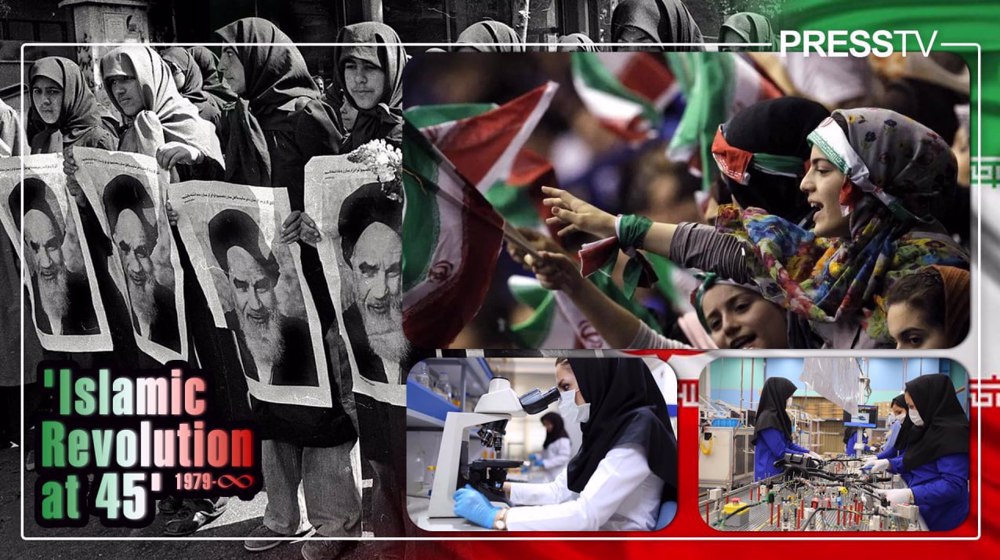
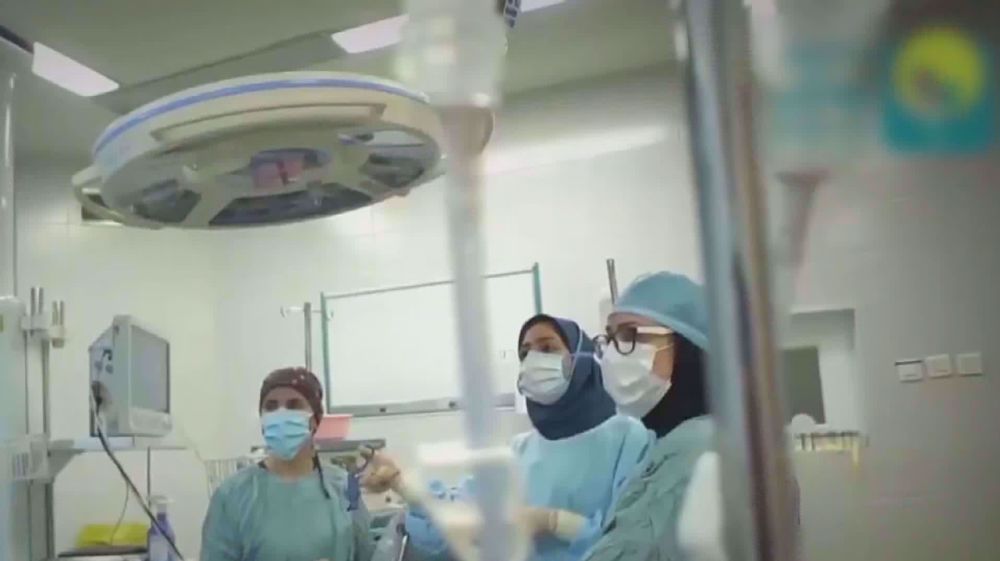
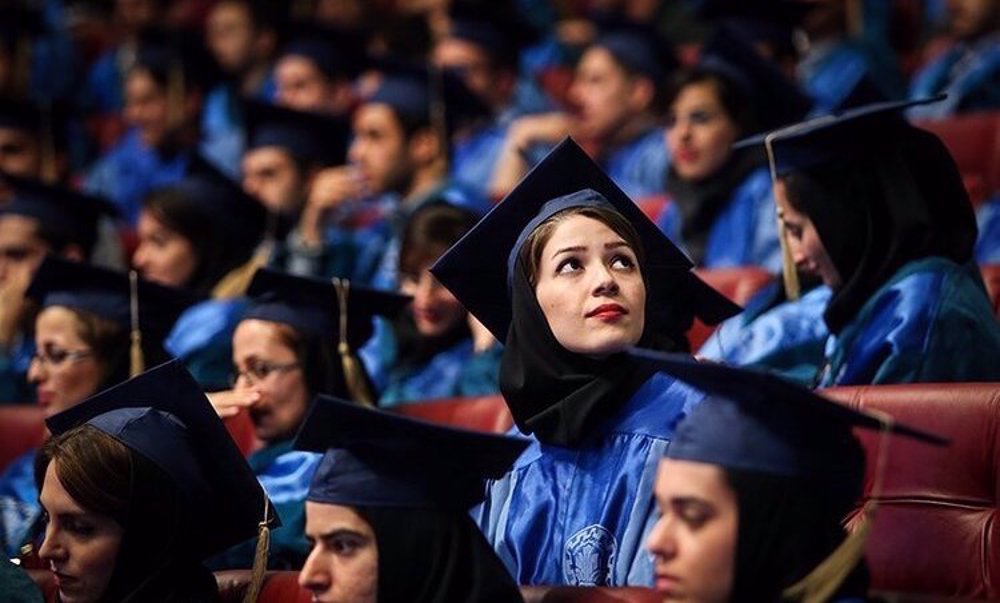

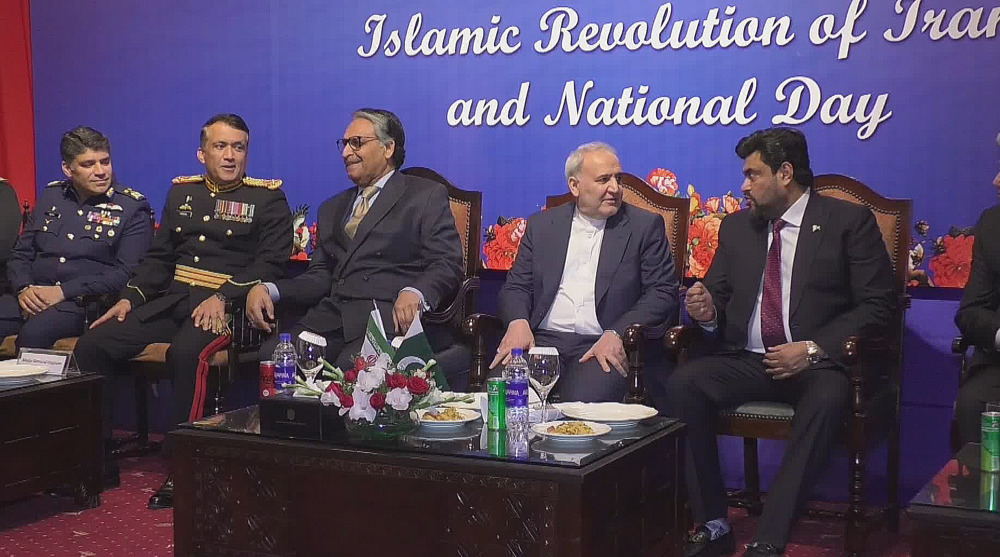
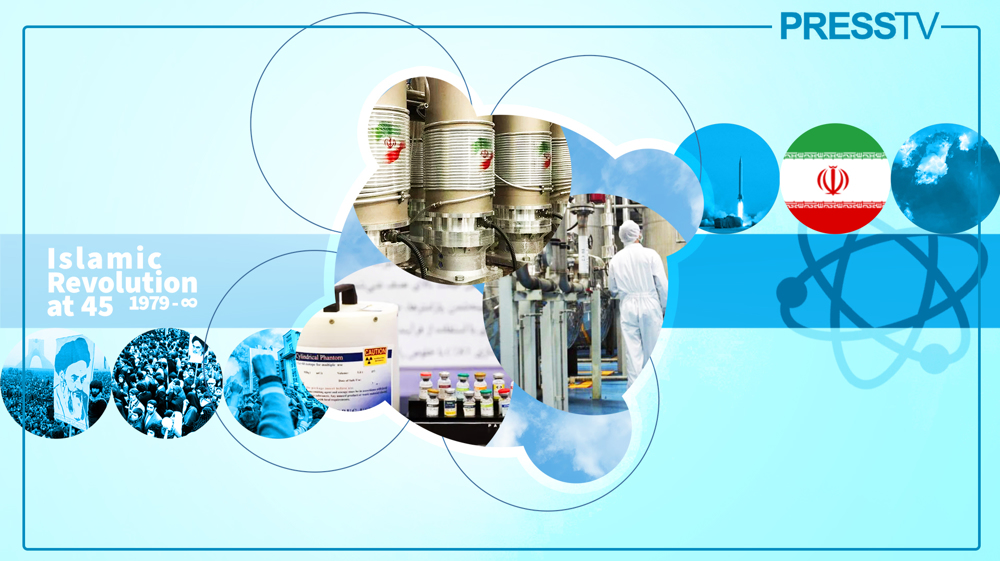
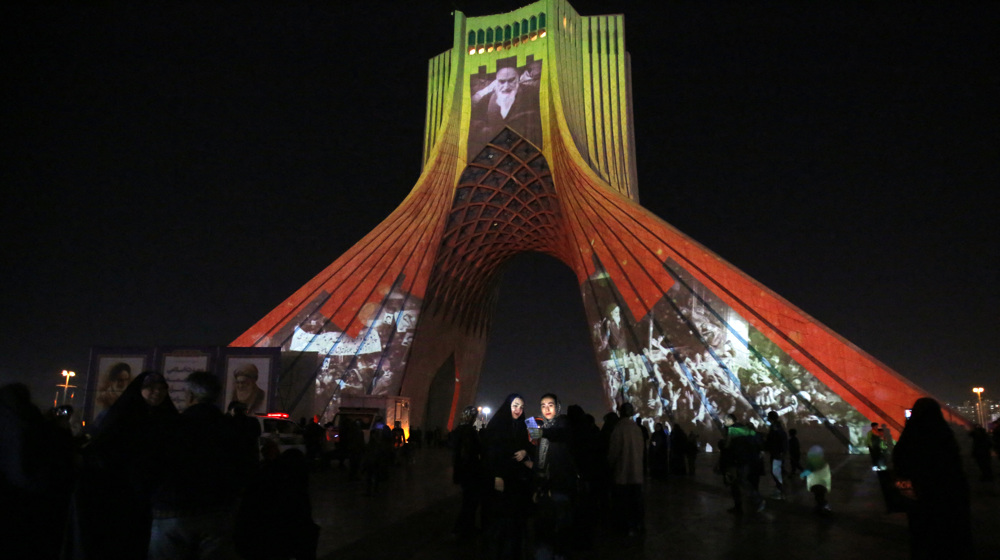



 This makes it easy to access the Press TV website
This makes it easy to access the Press TV website